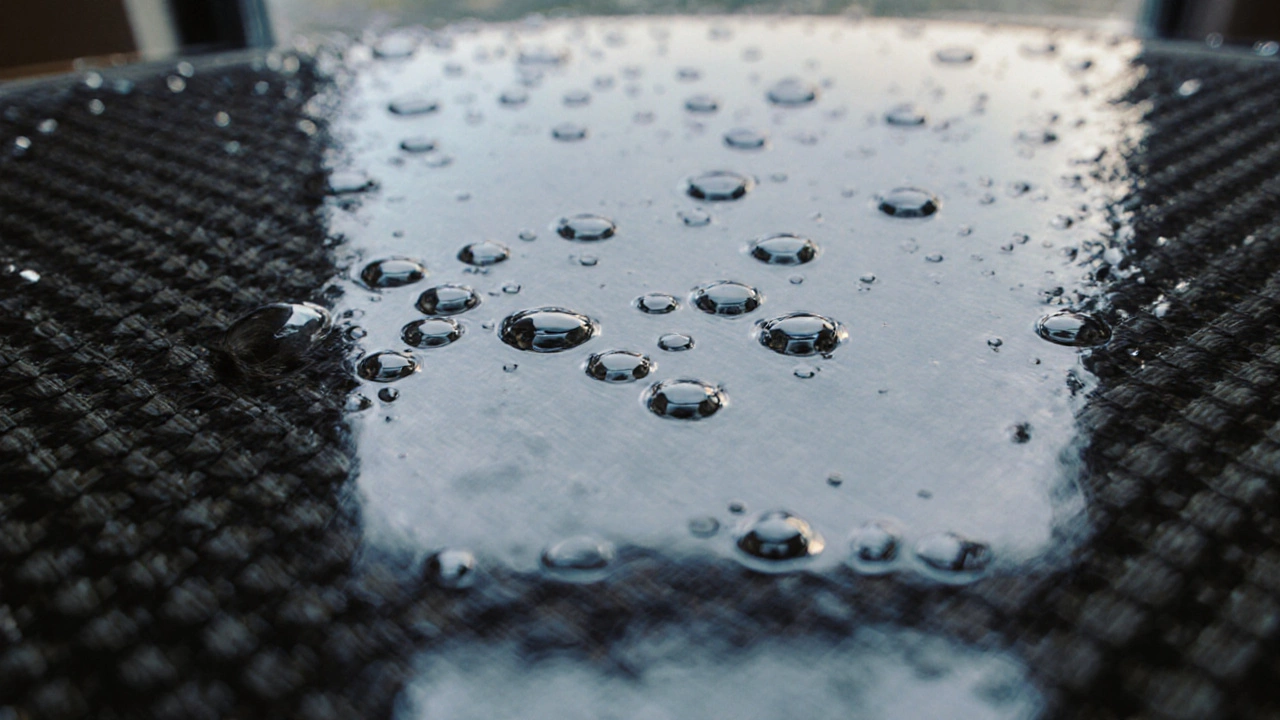Carbon Fiber Moisture – What You Need to Know
When working with carbon fiber moisture, the presence of water or humidity in carbon‑fiber components that can affect strength, weight, and finish. Also known as CF moisture, it matters most to anyone who installs or maintains carbon‑fiber parts on a vehicle. Carbon fiber is a lightweight composite made of woven fibers and resin, prized for its high strength‑to‑weight ratio. Moisture refers to water vapor or liquid that can infiltrate the resin matrix, especially in humid climates or after improper sealing. Automotive carbon fiber parts include body kits, spoilers, interior trim and structural reinforcements that rely on the material’s rigidity.
Why Moisture Matters for Carbon Fiber
Carbon fiber moisture influences durability by creating micro‑cracks in the resin, which can expand under stress. This leads to three practical outcomes: reduced impact resistance, faster surface delamination, and a higher likelihood of corrosion on any embedded metal hardware. Moisture can also cause swelling, which changes the exact dimensions of a part—critical when tight tolerances matter for fitment. In everyday terms, if you live in a rainy region and your carbon‑fiber spoiler isn’t sealed, you may notice a softening of the finish after a few months. That softening is a sign that water has penetrated the composite, weakening the bond between fibers and resin. The relationship can be expressed as: "Carbon fiber moisture → resin degradation → strength loss." Another easy way to see the impact is by checking the part’s weight; a soaked component will weigh fractionally more, indicating water absorption.
Preventing damage starts with proper installation. Use marine‑grade sealants on all edges and bolt holes, and store spare parts in a dry, temperature‑controlled environment. A quick visual inspection for water spots or milky haze on the surface can reveal early moisture ingress. If you suspect a problem, gentle polishing and a fresh coat of UV‑resistant clear finish will push moisture out and restore the part’s barrier. Regular maintenance—like wiping down parts after rain and re‑applying sealant every 12‑18 months—keeps the material’s lifespan closer to its rated 10‑15 years rather than the 5‑7 years seen with neglect.
Below you’ll find a collection of articles that dive deeper into specific aspects of carbon fiber moisture, ranging from how humidity affects performance to real‑world stories of damage and recovery. Whether you’re a car enthusiast, a professional installer, or just curious about how to keep your carbon‑fiber upgrades looking and performing their best, the posts ahead give you the facts, tips, and step‑by‑step guidance you need.
Learn how water affects carbon fiber parts, why moisture can weaken strength, and practical tips to protect and maintain carbon‑fiber components.

